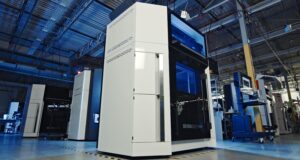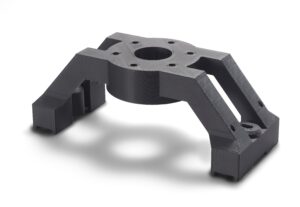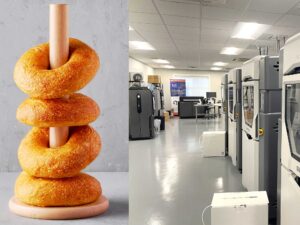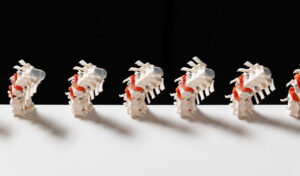According to an article in Defense News, the aerospace and defense 3-D printing market will grow at a compound annual growth rate of 23.2 percent over the next five years, reaching $4.76 billion by 2023, according to a MarketsandMarkets report.
The market research firm attributes this growth to the significant reductions in maintenance and production costs of 3-D printed components, as well as high reliability and performance levels.
Rather than producing many small, individual parts, the process of 3-D printing, also known as additive manufacturing, allows companies to take many individual components and manufacture them as a single piece, reducing weight and bulk.
This technique is used by Arconic, a Pittsburgh-based supplier of aluminum, nickel and titanium parts to the commercial and defense industry, which produces parts for Airbus and Lockheed Martin using 3-D printing.
Major players in aerospace and defense have already begun transitioning to additive manufacturing techniques. According to the report, Boeing announced in February 2017 its plan to develop cheaper satellites using 3-D printing. And in that same month, it contracted Oxford Performance Materials to deliver about 600 3-D printed parts for the company’s Starliner space taxi project.
The report notes companies like Bombardier and Airbus have also invested in metal 3-D printing for research and development projects as well as end-use aircraft parts.
While there has been tension between the Defense Department and the commercial sector regarding manufacturing trends, techniques pioneered in the private sector may solve problems faced by the Pentagon in times of crisis.
“The aerospace and defense industry offers significant opportunity for industrial 3-D printing technologies and holds promising potential for the market in the coming future,” the report says.






